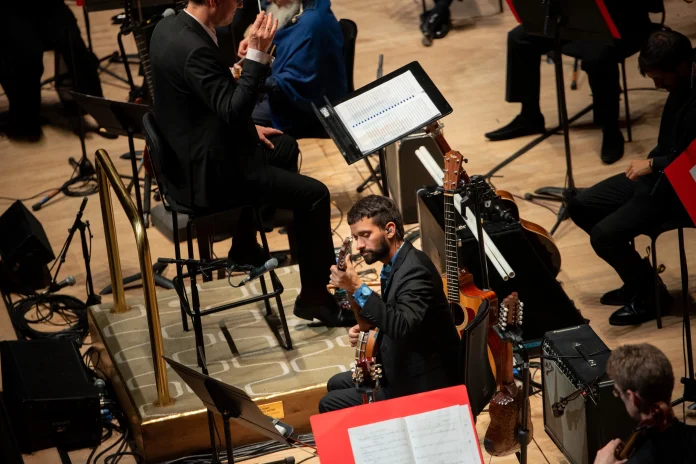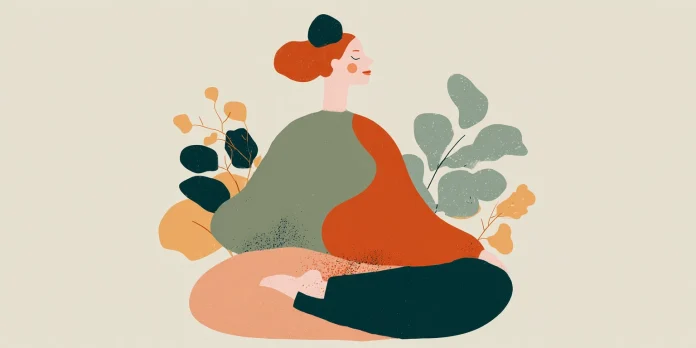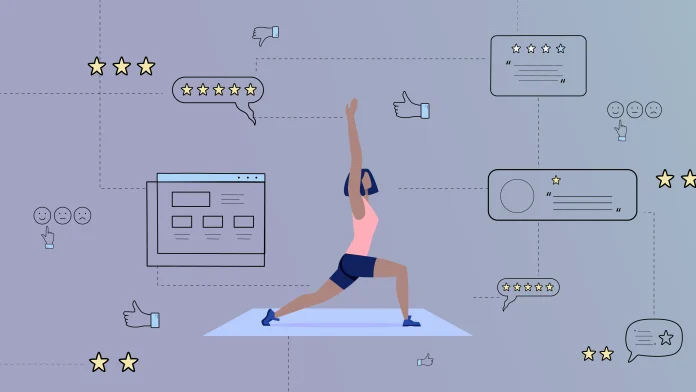Written by Carolina Machado
Medically reviewed by Paula Alvarez (Psychologist, Dance-Movement Therapist, Emotional Intelligence Specialist & Applied Neuroscience in the Educational Field Specialist)
Long before visual art’s attention to detail, 19th-century medical observation techniques, or mindfulness practices, careful observation has always been part of who we are as human beings. For ages, we used observation to decode the world we live in—but lately, it seems we’ve been drifting away from this practice.
To become aware of the infinite information that surrounds us—images, sounds, smells, sensations—we need to pay attention. Unfortunately, attention is one of the hardest things to hold onto these days.
So let’s try a slow look—an observation and contemplation practice—to better understand our surroundings and connect in a way that allows us to form genuine, self-aware impressions. It’s about getting closer, being present, reflecting on our own reality—and, above all, making our experiences truly memorable.
Observation vs. Contemplation: Is There a Difference?
Yes. Observation is the act of carefully watching something or someone. Contemplation adds an extra layer—it’s a deeper way of processing what you’re watching. It’s about reflecting on what you’re seeing and perceiving, sometimes even getting lost in thought.
These two slow-looking practices are thoughtful, reflective, empathetic, and sensitive ways to connect with the present moment. They also help prevent new memories from fading. It’s a journey to use our sight for more than just surviving in the city—to create a relaxed counterbalance to the harmful effects of fast looking.
How Daily Rushing is Harming our Memory
We live in a culture of distraction and multitasking, one that fosters a dopamine-driven addiction to quick feedback and constant stimulation. It leaves us exhausted and disoriented. We scroll, snap, consume… and forget. We’re constantly stimulated—yet rarely engaged, rarely present.
A recent study shows that relying on smartphones to capture moments can actually impair memory retention. The question is whether depending on mobile devices to store information weakens our ability to remember it ourselves. This is part of what’s known as “digital amnesia”—the idea that when we expect our devices to remember for us, we become less likely to encode and store that information in our long-term memory.
So, it’s not just about being physically absent—it’s about mentally offloading experiences for a later scroll.
But memories aren’t objective; they are personal interpretations of our own experiences. If we are overwhelmed—our minds scattered across a thousand things—how can we expect to form new memories, when we’re not fully anywhere?
How to Practice Slow Looking: Simple Ways to Train Your Attention
Let’s try to slow down—to choose moments to simply observe.
Pay attention during a walk around the block, while sitting in a park, or on your way home. Notice the ground beneath your feet. Walk through your neighborhood and open up your ordinary seeing. Bring active attention to daily life and try to notice something new.
There are many methods—from Visual Thinking Strategies used in art, to mindfulness meditation techniques, to the patient observational practices used in medicine. Whichever approach you choose to train your perception, try to pay attention to detail and reflect deeply on what you notice.
Re-educating our perception takes time, but it’s better than continuing to lose touch with our surroundings—and how we feel about them. Try to find just one thing a day to observe—something that usually goes unnoticed—and reflect on it. Take it slowly, with no rush. See where it takes you.
Reflect on your own observation habits. What kind of “seeing” do you use daily? Are you simply seeing, observing, or contemplating? We don’t use the same kind of attention all the time, but becoming more aware of how—and when—we engage different modes of looking can help us use them more consciously.
The eye usually sees what the mind already knows. Sharing observation experiences is also a powerful way to see what we might be missing. Since observation is enhanced by contextual knowledge, walking with others or discussing what draws your attention can help sharpen your perception over time—and develop skills for future observation moments.
This is a call to action: to turn on our capacity for observation, for presence, and—as a result—for remembering. After all, it’s about making our personal experience more, not less, real.
Inspiring Books on Slow Looking
- On Looking: Eleven Walks with Expert Eyes, by Alexandra Horowitz
A sensitive and insightful book that offers a new way to awaken to one’s surroundings. Through eleven walks with both experts and non-experts, Horowitz uncovers many things she had missed seeing—and untold stories behind the sights, smells, and sounds around her. It’s an immersive tale about attention and intention, and about what there is to notice in any environment. - How to Use Your Eyes, by James Elkins
This book explores the act of observation and how to learn to see anything—using our eyes in a more concerted and patient way. It’s about stopping and taking the time to simply look, “until the details of the world slowly reveal themselves.” The book blends exercises and reflections, exploring both ordinary and unusual objects. - Slow Looking: The Art and Practice of Learning Through Observation, by Shari Tishman
This book explores the historical and theoretical foundations of slow looking, offering interdisciplinary insights from education, science, art, and everyday life. It encourages using observation as a tool for deeper understanding and connection.





